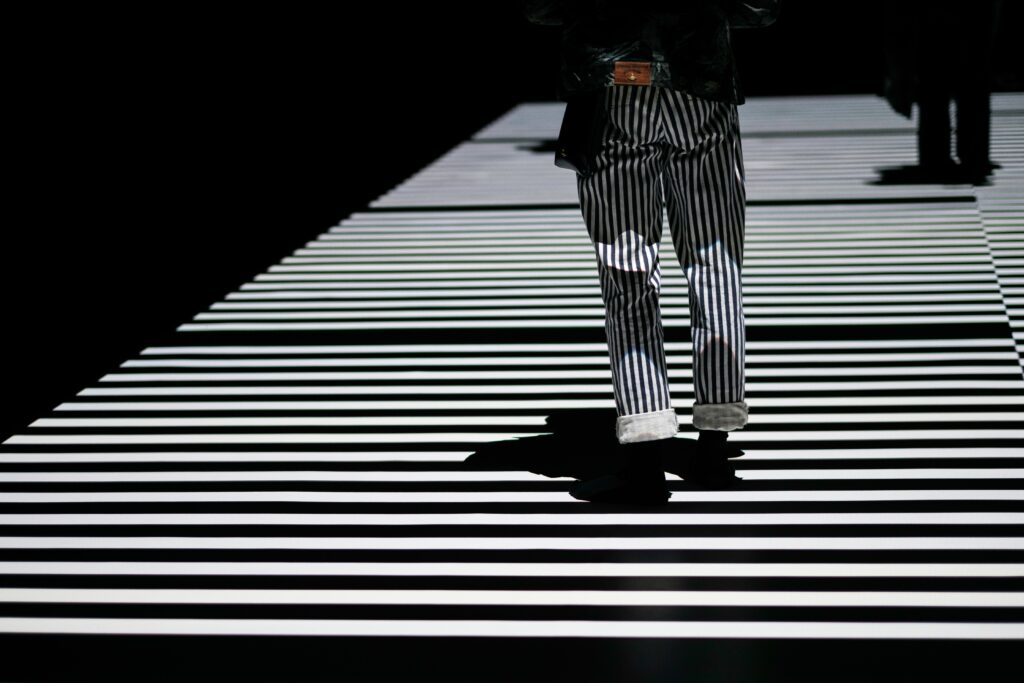It’s not difficult to find advice about photography, on absolutely any topic that falls — even remotely — under the umbrella of photography. Some of it is good, some is bad, the rest is some mixture of the two.
The main problem, as I see it, with purveyors of photography advice isn’t so much whether it’s good or bad (everyone’s entitled to their opinions), but that sometimes the individuals dishing out the advice can be incredibly dogmatic about it.
I certainly encountered this years ago when I first got into photography. I was the recipient of more than my fair share of dogmatic ideas about street photography in particular.
So, to help new street photographers avoid some of this ideological consternation, here are five “rules” you can take with a grain of salt.
Street Photography Happens Only On The Street
No. Street photography is something of a blanket term that covers a lot of ground. Museums, amusement parks, beaches, subway stations, markets — photographing people in these places also counts as street photography.
Any time you’re capturing life in public places, you’re doing street photography.

Street Photography Must Include Humans
Generally, you can think of street photography as a snapshot of a moment in human civilization. But that doesn’t necessarily mean that people have to be included as subjects in street photography.
Street photography also involves portraying the spaces that humans inhabit and so many other things that give a nod to our existence — discarded items, street signs, construction zones. All of this occurs within the context of human existence and can be a central part of street photography.

Street Photography Is Candid
Indeed, street photography is often done in candid fashion because many photographers want to capture moments spontaneously and with as few filters as possible.
This isn’t the only way to do it, however. You can ask people on the street to pose for you or ask them if they mind if you photograph them while they’re doing whatever it is they’re doing. It’s not candid, but it’s still street photography.

Street Photographers Don’t Use Telephoto Lenses
It’s true that street photographers tend towards smaller cameras and lenses. There are a few good reasons for this — it facilitates an up close and personal approach, it creates a bit of inconspicuousness and it allows you to travel light.
In reality, any camera and lens can be used for street photography. If you’re unconcerned with others’ reactions to you and you have to fortitude to carry around equipment that’s a little heavier, I say do whatever you need to create the images you want.
If you’re a beginner, you might even use a telephoto lens as a “training” lens — you can get used to photographing strangers while keep some distance. As your confidence grows, you might begin to use a 50mm or even a 35mm lens.
Or you can keep using a telephoto lens if you like the look.

Street Photography Should Be Black And White
Nope. Unless you just prefer black and white images. But you should never feel that the only way to make legitimate street photos is to shoot in/convert to black and white.
Black and white has the advantage of creating distraction-free images, images that allow the viewer to focus more easily on the subject and not have their eye pulled away by color.
But streets (and the people on them) are often alive with color. If you want your street photography to be representative of that fact, then you should be happily shooting in color.

Final Thoughts
Not all street photography rises to the level of art. It doesn’t have to. As long as you’re capturing something that matters to you, you’re on the right path. Of course, that doesn’t mean you shouldn’t be constantly striving for creative growth, but in order to achieve that, don’t fall into the trap of believing that you’re beholden to any arbitrary ideas that purport to govern your craft.




